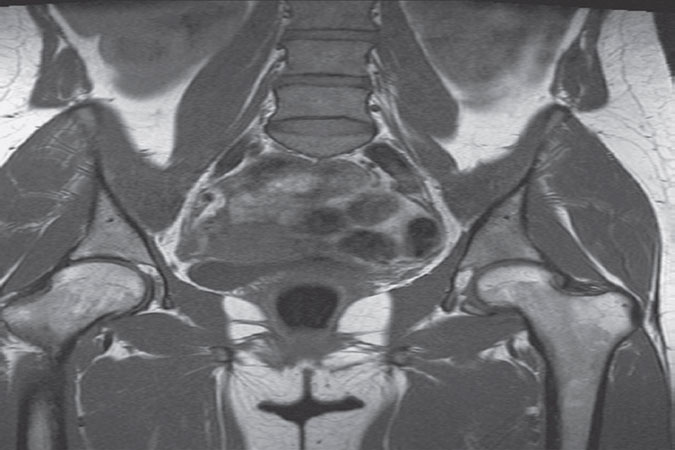Bone Marrow Transplants: A Life-Saving Advance in Modern Medicine
This article delves into the vital role of bone marrow in the human body and the need for bone marrow transplants in treating certain diseases. It provides a detailed explanation of the types of bone marrow – red and yellow, their transformations with age, and the types of stem cells they house. The piece also examines bone marrow diseases, specifically focusing on leukemia, and describes the process of bone marrow transplantation as a treatment. Despite the complexities and risks involved in the transplant procedure, the article underscores the importance of this medical innovation in saving lives and offering hope to many patients.

Bone Marrow
The intricate system within our bodies is truly a marvel of nature, and nowhere is this more apparent than in the bone marrow, a spongy tissue housed within the cavities of certain bones. Bone marrow plays a critical role in the creation of new blood cells and serves as a crucial part of the body’s immune and circulatory systems. Unfortunately, it can also be the site of severe diseases such as leukemia, necessitating innovative treatments like bone marrow transplants.
The Role and Types of Bone Marrow
Bone marrow exists in two forms: red marrow (also known as myeloid tissue) and yellow marrow. Red marrow is the birthplace of red blood cells, platelets, and most white blood cells, the essential components of the circulatory and immune systems. The yellow marrow, on the other hand, primarily contains large fat globules that lend it a yellow appearance. A few white blood cells are also created in the yellow marrow.
Throughout our lives, the composition of our bone marrow changes. At birth, the majority of our marrow is red, but as we age, more red marrow transforms into yellow marrow, especially within the medulla of long and flat bones.

Stem Cells in the Bone Marrow
The bone marrow is home to two types of stem cells: Hemopoietic stem cells and mesenchymal stem cells. Hemopoietic stem cells are responsible for giving rise to the various blood cells: white blood cells, red blood cells, and platelets. Mesenchymal stem cells, on the other hand, differentiate into structures that form bone, cartilage, and muscle. These cells have the remarkable ability to self-renew and differentiate, playing a crucial role in maintaining the body’s health.
Bone Marrow Diseases and the Necessity for Transplants
Unfortunately, the bone marrow can also be the site of various diseases, including infections and malignancies. The most severe of these is arguably leukemia, a type of cancer that targets the body’s blood-forming tissues, including the bone marrow.
In cases of bone marrow malignancies, treatment often requires the transplantation of healthy bone marrow cells. This procedure involves harvesting nonmalignant cells from the patient’s bone marrow or cells from a healthy donor’s bone marrow. Subsequently, the patient’s own marrow is destroyed using chemotherapy or radiation, creating a ‘clean slate’ for the infusion of new, healthy cells. This treatment is known as a bone marrow transplant.
The Process and Impact of Bone Marrow Transplantation
Bone marrow transplantation is a complex process but one that can save lives. The procedure typically begins with high-dose chemotherapy or radiation therapy to destroy the existing, diseased bone marrow. Following this, the patient receives the new, healthy stem cells intravenously, much like a blood transfusion. These healthy stem cells travel to the bone marrow, where they begin to produce new blood cells.
This procedure’s success often hinges on the patient’s overall health, the type of disease, and the compatibility of the donor’s marrow. The transplant process can also come with potential complications, including infections, graft-versus-host disease (if the donor’s cells attack the recipient’s body), and other transplant-related risks. Despite these risks, bone marrow transplants have revolutionized the treatment of certain cancers and other diseases, offering hope to many patients.
Conclusion
Bone marrow transplantation represents a significant advance in modern medicine, providing a potentially life-saving solution for patients with certain types of cancer and other severe diseases. As we continue to learn more about the intricacies of bone marrow and the diseases that affect it, we may uncover even more ways to harness the body’s healing capabilities, improve transplantation outcomes, and give patients the chance for a healthy future.











